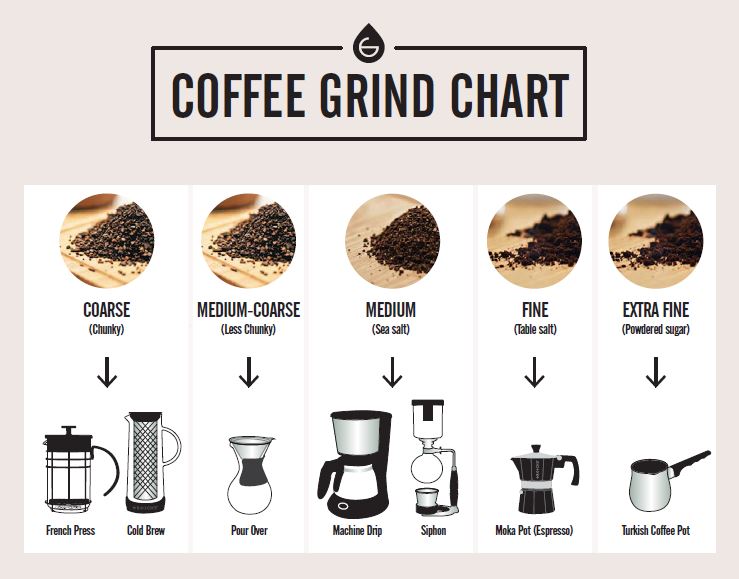Crafting the perfect espresso at home starts with dialing in the right grind size. The grind acts as the foundation of your espresso shot, directly influencing its flavor, aroma, and consistency. If your espresso tastes too bitter, sour, or inconsistent, adjusting the grind size could be the game-changer you need. Discover the innovative features in the DeLonghi Magnifica Evo review
This guide explores why grind size matters, how to find the ideal grind for your espresso machine, and expert tips to elevate your coffee-making skills. Learn about the timeless design in the DeLonghi Magnifica S review
Why Grind Size is Crucial in Espresso Extraction
The grind size determines how water interacts with coffee grounds during the extraction process. This extraction influences the espresso’s flavor profile by dissolving the desirable compounds from the beans. Explore our top picks in the Best Automatic Espresso Machine review
Coarse Grind: A Weak and Sour Shot
A grind that’s too coarse allows water to pass through the grounds too quickly, resulting in under-extraction. The espresso will lack richness and depth, often tasting weak and overly acidic. Find the perfect machine to beat the heat in the Best Iced Coffee Maker review
Fine Grind: Overpowering and Bitter
On the flip side, a grind that’s too fine slows the water flow excessively, leading to over-extraction. This results in a bitter, overly intense flavor. Dive into the best options for making lattes in the Best Latte Maker review
How to Identify the Right Grind Size for Your Espresso Machine
The ideal grind size for espresso is fine—similar to the texture of fine beach sand. It should feel smooth with a slight grittiness when rubbed between your fingers.
Use a Burr Grinder for Consistent Results
A burr grinder is essential for achieving a uniform grind size. Unlike blade grinders, which produce uneven particles, burr grinders crush coffee beans evenly, ensuring consistent extraction. This evenness results in well-balanced, flavorful espresso shots every time.

Mastering Grind Size Adjustments for Optimal Brewing
Dialing in the perfect grind size often requires experimentation, as every espresso machine has its unique requirements. Use shot timing as a guideline:
- Less than 20 seconds: Grind is too coarse.
- More than 30 seconds: Grind is too fine.
- 25-30 seconds: Optimal grind size for a balanced shot.
Adjust your grind until you achieve a brew time within this range for a perfect balance of sweetness and bitterness.
Adapting Grind Size for Different Beans and Roasts
Coffee beans and roast levels may require slight adjustments in grind size:
- Dark Roasts: A finer grind enhances bold, chocolatey flavors.
- Light Roasts: A coarser grind highlights bright, fruity, or floral notes.
Experiment with grind settings to find the best match for each type of bean.
Tips for Consistent Grinding and Espresso Results
Beyond selecting the right grind size, following these best practices will improve your espresso game:
Prioritize Fresh Beans
Use beans within two weeks of roasting for maximum flavor and crema.
Measure Your Grounds
Weigh your coffee grounds for consistent shots—typically 18-20 grams for a double shot.
Tamp Evenly
Apply firm, even pressure (about 30 pounds) when tamping. Uneven tamping can cause water to channel through the grounds, leading to inconsistent extraction.
Grind Just Before Brewing
Grinding beans immediately before brewing preserves freshness and flavor. Avoid pre-grinding, as coffee loses its aroma and taste quickly.
Troubleshooting Grind Size for Better Espresso Flavor
Here’s how to tweak your grind based on common flavor issues:
- Sour, Weak Espresso: Grind is too coarse. Try a finer setting.
- Bitter, Overpowering Espresso: Grind is too fine. Adjust to a coarser setting.
- Inconsistent Flow: A fast flow indicates a coarse grind; a slow drip suggests a fine grind. Aim for a steady, even flow.
Avoiding Common Grinding Mistakes
Perfecting your grind size also means steering clear of these pitfalls:
- Grinding Too Early: Always grind only the amount you need for immediate use.
- Using a Blade Grinder: Invest in a burr grinder for precise results.
- Neglecting Grinder Maintenance: Clean your grinder every 1-2 weeks to prevent residue buildup.
- Ignoring Bean Freshness: Use beans within two weeks of their roast date for peak flavor.

Final Thoughts: Perfecting Your Espresso Grind at Home
Achieving the perfect grind size is the cornerstone of crafting excellent espresso at home. While it may take some experimentation, the process is both rewarding and fun. With fresh beans, a burr grinder, and careful adjustments, you can consistently pull café-quality shots tailored to your taste.
Espresso-making is an art that combines precision and creativity. As you refine your skills, your home-brewed espresso will rival the quality of your favorite coffee shop.
Frequently Asked Questions: Espresso Grind Size
Q: What type of grinder should I use for espresso?
A: A burr grinder ensures consistent grind size, essential for even extraction.
Q: How can I tell if my grind is too coarse or too fine?
A: If your espresso brews too quickly (under 20 seconds), the grind is too coarse. If it brews too slowly (over 30 seconds), it’s too fine.
Q: Can I use pre-ground coffee?
A: Pre-ground coffee quickly loses freshness. It’s best to grind beans right before brewing.
Q: How often should I clean my grinder?
A: Clean your grinder every 1-2 weeks to maintain performance and flavor.
Q: Do dark and light roasts require different grind sizes?
A: Yes, dark roasts usually need a finer grind, while light roasts benefit from a slightly coarser grind.
